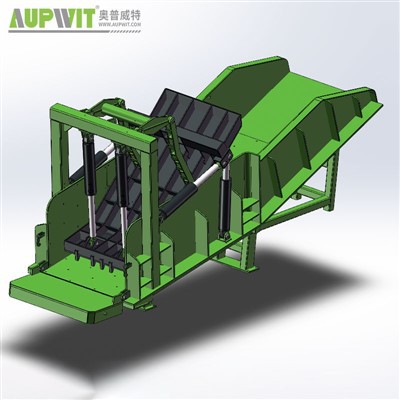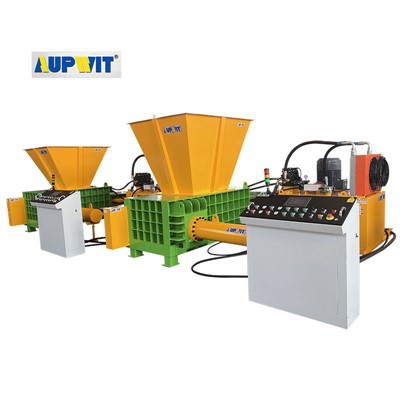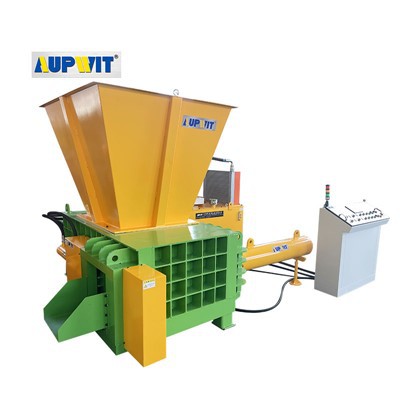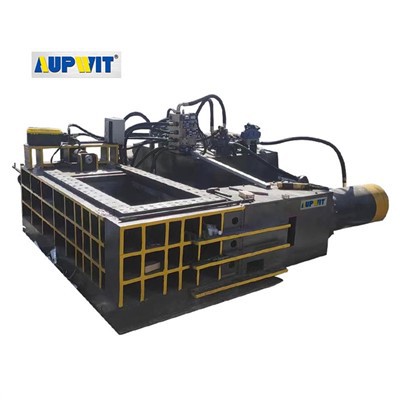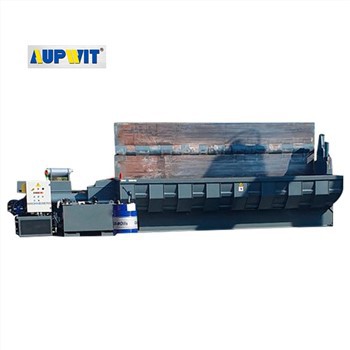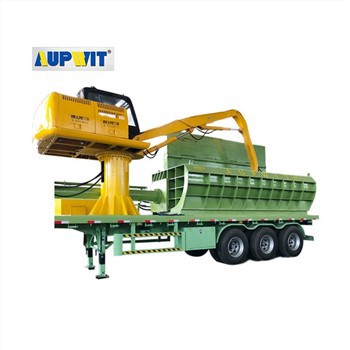Material Suitability for Power Shearing Machines
Power shearing machines are versatile tools designed to cut various sheet materials, though their suitability depends on material type, thickness, and hardness.
Compatible Materials
Mild steel (carbon steel) sheets, commonly used in construction and fabrication, are ideal—machines easily handle thicknesses up to 10mm, depending on power. Galvanized steel, with its protective zinc coating, is also suitable, though blades may require more frequent sharpening due to the coating's abrasiveness.
Aluminum sheets, valued for lightness, are easily sheared, even in thicker gauges, as their lower hardness reduces blade wear. Copper and brass sheets, often used in electrical components, are also compatible, though their malleability demands precise blade alignment to avoid distortion.
Plastics and composites can be processed, but with caveats. Rigid PVC sheets (up to 5mm thick) and acrylics cut cleanly, but operators must control speed to prevent melting. Fiberglass-reinforced plastics (FRP) are shearable but may dull blades faster due to glass fibers.
Specialty Materials
Leather and rubber are suitable for lighter-duty machines. Thick leather sheets for upholstery or industrial goods, and rubber sheets for gaskets, can be cut with adjusted blade pressure to avoid tearing.
Always check the machine's specifications for material hardness limits (typically up to 30 HRC) and recommended thickness ranges to ensure safe, efficient shearing.
Unsuitable Materials:
- Hard or brittle materials like high-carbon steel
- Tempered alloys
- Thick ceramics
- Very thin materials (below 0.3mm) without specialized hold-downs
These materials risk damaging blades or causing uneven cuts.


